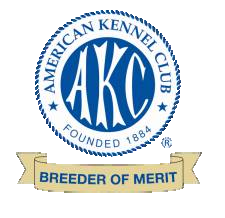Pyotraumatic Dermatitis - (Acute Moist Dermatitis, Hot Spots)
Pyotraumatic dermatitis is an acute and rapidly developing surface bacterial skin infection that occurs secondary to self-inflicted trauma. A lesion is created when the animal licks, chews, scratches, or rubs a focal area on its body in response to a pruritic (intense itching) or painful stimulus. It is usually a seasonal problem that becomes more common when the weather is hot and humid. Fleas are the most common irritating stimulus. Pyotraumatic dermatitis is common in dogs, especially in thick-coated, long-haired breeds. It is rarely seen in cats.
Clinical Signs:
- The lesions appear rapidly enlarging area, red, moist, hot, and painful areas. Lesions are usually single, but they may be multiple and are often painful. They occur most frequently on the trunk, tail base, lateral thigh, neck, and face.
- Hair loss over the area
- Pruritus (intense itching)
Treatment and Outcome:
- The underlying cause should be identified and treated.
- Carefully clip the hair from the lesions. Clip area large enough to expose the edges of the lesion. If lesions are large, consider using sedation.
- Gently cleanse the skin using a medicated shampoo.
- Apply topical medications to lesions twice daily. Avoid medications that dry or attract attention to the site, because this will increase self-trauma from licking or rubbing. Alcohol-containing products should be avoided.
- If pruritis is mild, a topical analgesic such as Relief Spray and /or Relief Shampoo, Allercaine Spray or corticosteroid containing cream or solution should also be applied.
- If pruritis is severe, Prednisone should be administered.
- If the central lesion is surrounded by papules or pustules, systemic antibiotic therapy.
- Treat the original disease that induced the self-trauma to the skin (fleas,bug bites)
- Aggressive flea control should be provided.
- The outcome is good if the underlying cause can be corrected or controlled.
Reminders:
- Gentle cleansing of the area on a daily basis will speed recovery.
- Owners should wash their hands after treating an infected animal to prevent contamination with Staphylococcus. Although human infections are rare, the microorganism could present a danger to owners who are immunosuppressed.
- Lesions may be slow to heal.

